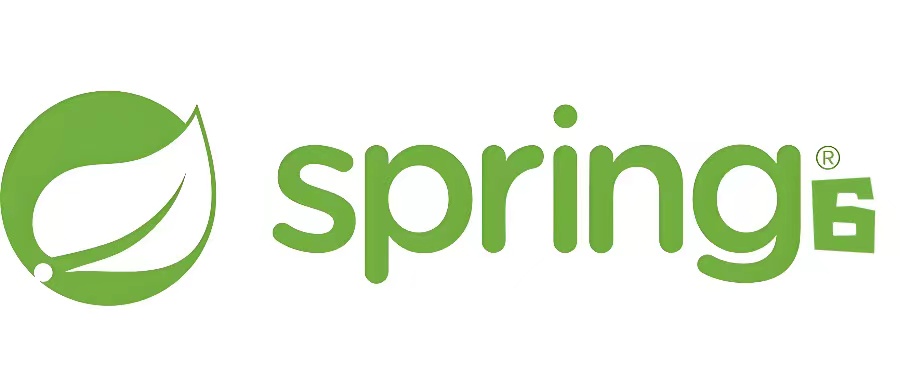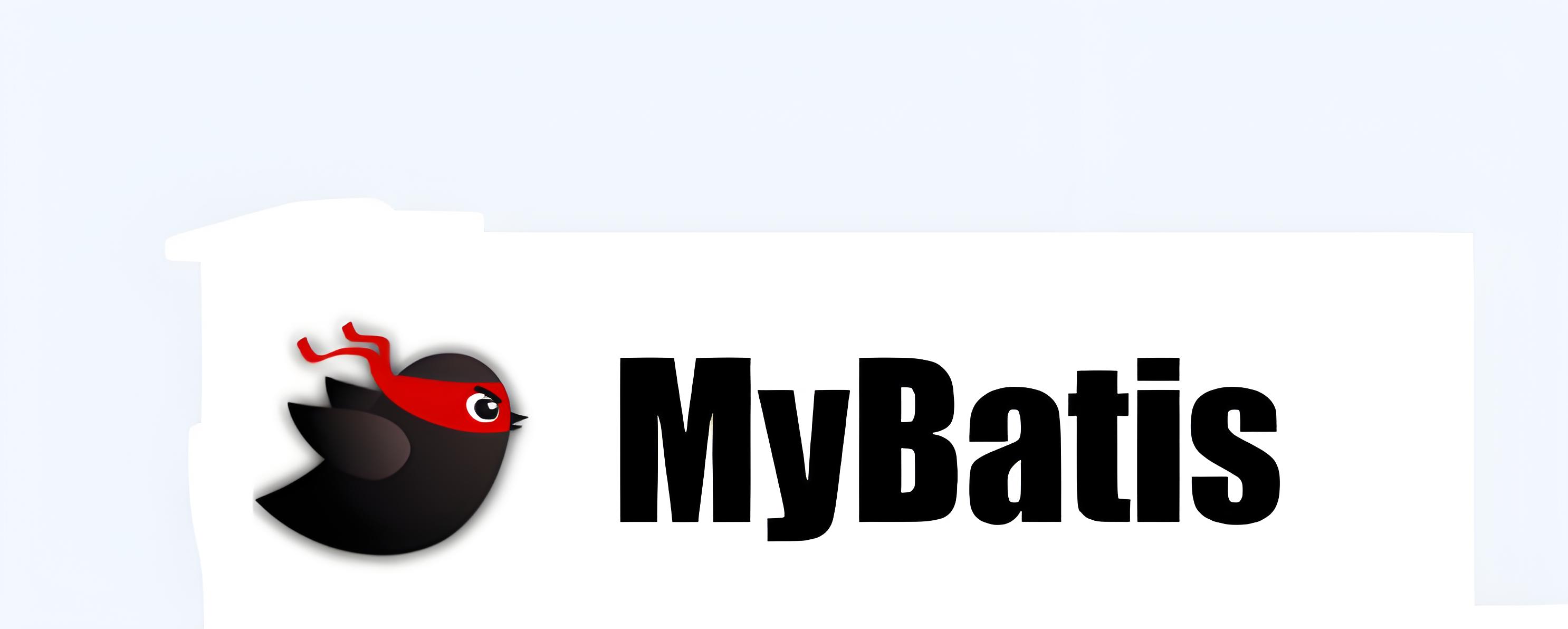1
2
3
4
5
6
7
8
9
10
11
12
13
14
15
16
17
18
19
20
21
22
23
24
25
26
27
28
29
30
31
32
33
34
35
36
37
38
39
40
41
42
43
44
45
46
47
48
49
50
51
52
53
54
55
56
57
58
59
60
61
62
63
64
65
66
67
68
69
70
71
72
73
74
75
76
77
78
79
80
81
82
83
84
85
86
87
88
89
90
91
92
93
94
95
96
97
98
99
100
101
102
103
104
105
106
107
108
109
110
111
112
113
114
115
116
117
118
119
120
121
122
123
124
125
126
127
128
129
130
131
132
133
134
135
136
137
138
139
140
141
142
143
144
145
146
147
148
149
150
151
152
153
154
155
156
157
158
159
| public class MethodReferences {
@Test
public void test1(){
Consumer<String> stringConsumer = new Consumer<String>(){
@Override
public void accept(String s) {
System.out.println(s);
}
};
Consumer<String> con1 = s -> System.out.println(s);
con1.accept("南京");
PrintStream out = System.out;
Consumer<String> con2 = out :: println;
con2.accept("北京");
}
@Test
public void test2(){
Employee tom = new Employee("Tom");
Supplier<String> s = new Supplier<String>() {
@Override
public String get() {
return tom.getName();
}
};
System.out.println(s.get());
Supplier<String> s1 = () -> tom.getName();
System.out.println(s1.get());
Supplier<String> s2 = tom :: getName;
System.out.println(s2.get());
}
@Test
public void test3(){
Comparator<Integer> com = new Comparator<Integer>() {
@Override
public int compare(Integer o1, Integer o2) {
return Integer.compare(o1,o2);
}
};
System.out.println(com.compare(12,3));
Comparator<Integer> com1 = (o1,o2) -> Integer.compare(o1,o2);
System.out.println(com1.compare(3,5));
Comparator<Integer> com2 = Integer::compare;
System.out.println(com2.compare(5,9));
}
@Test
public void test4(){
Function<Double,Long> fun = new Function<Double, Long>() {
@Override
public Long apply(Double d) {
return Math.round(d);
}
};
System.out.println(fun.apply(15.63));
Function<Double,Long> fun1 = d -> Math.round(d);
System.out.println(fun1.apply(55.3));
Function<Double,Long> fun2 = Math::round;
System.out.println(fun2.apply(42.6));
}
@Test
public void test5(){
Comparator<String> com = (s1,s2) -> s1.compareTo(s2);
System.out.println(com.compare("abc", "abd"));
Comparator<String> com1 = String :: compareTo;
System.out.println(com1.compare("adm", "abg"));
}
@Test
public void test6(){
BiPredicate<String,String> pre = new BiPredicate<String, String>() {
@Override
public boolean test(String s1, String s2) {
return s1.equals(s2);
}
};
System.out.println(pre.test("abc", "abc"));
BiPredicate<String,String> pre1 = (s1, s2) -> s1.equals(s2);
System.out.println(pre1.test("dbd", "abd"));
BiPredicate<String,String> pre2 = String :: equals;
System.out.println(pre2.test("abc", "abc"));
}
@Test
public void test7(){
Employee employee = new Employee("jack");
Function<Employee,String> fun = new Function<Employee, String>() {
@Override
public String apply(Employee e) {
return e.getName();
}
};
Function<Employee,String> fun1 = e -> e.getName();
System.out.println(fun1.apply(employee));
Function<Employee,String> fun2 = Employee :: getName;
System.out.println(fun2.apply(employee));
}
}
|













